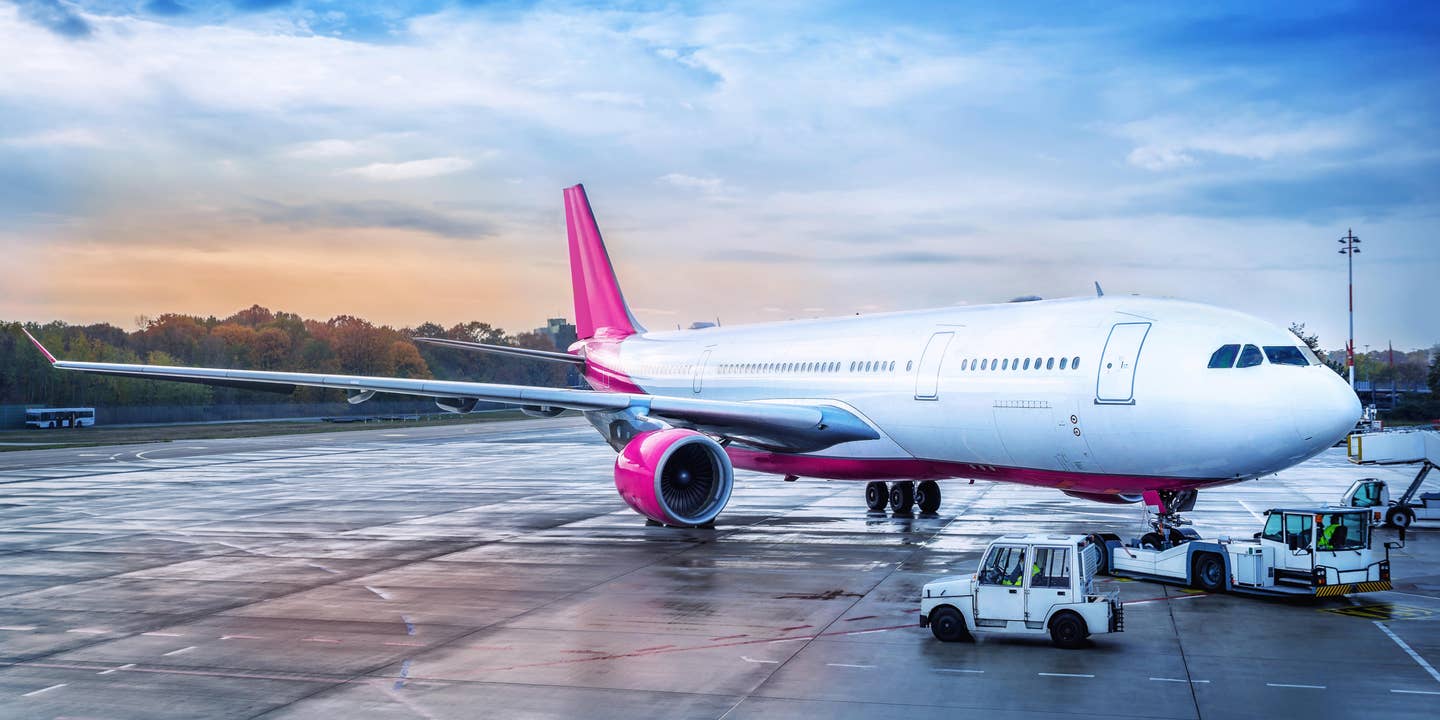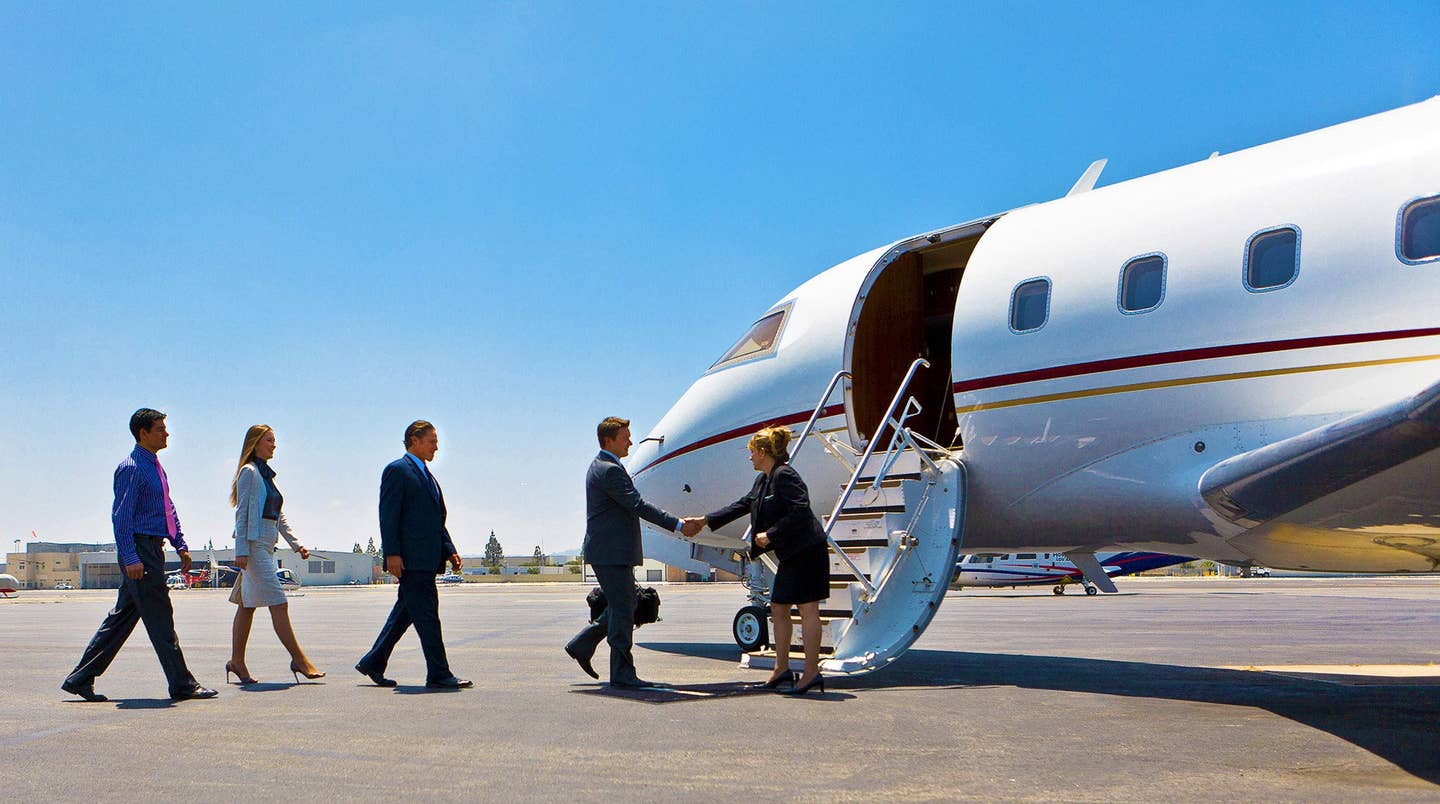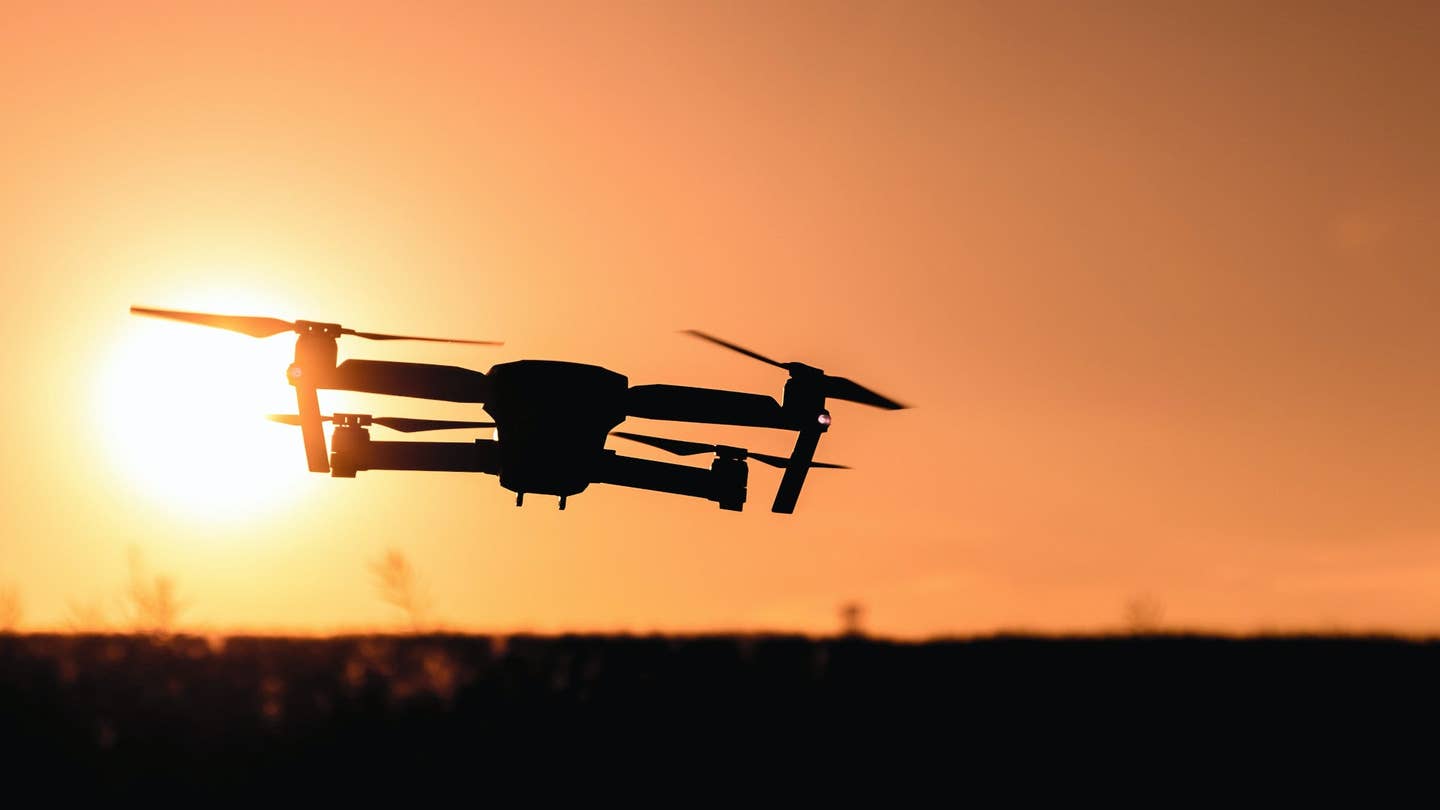
A guide to help you better understand ground looping. [Credit: CanvaPro]
Landing a tailwheel airplane is really no different than landing a tricycle airplane, until the wheels touch down. That is because the CG in a tailwheel, or conventional gear airplane is aft (or behind) of the main landing gear. That being so, a situation exists where your airplane may make an aggressive turn as you are rolling down the runway. So aggressive in fact, that you may actually cause an imbalance in the lift vectors of your wings (kinda like an overbanked steep turn) that causes a wingtip to strike the ground. This is your “ground loop,” and it’s usually 100% preventable!
Rarely causing a serious injury, the solution is simple: use your rudder! But if your feet get lazy, hold on! This simple fact is why the FAA requires a “tailwheel endorsement” before you jump in as PIC. See CFR 61.31 (i).
Easily become an airplane or commercial pilot online! Courses designed by industry experts can help you pass FAA tests and get into the sky!
Enroll NowUse your Airplane's Rudder
Most pilots' understanding of proper rudder control is woefully inadequate. Your rudder controls “yaw,” which is an ear to ear movement of the nose of the airplane. On a runway, it’s the control that keeps you going straight. The rudder input is always a two-part input: Applied, and then neutral.
You never want to “hold” the rudder input. In the air if you are stalled and hold rudder input, you are likely to spin. On landing if you hold the rudder input, you are likely to ground loop. The moral of the story: Do not hold the rudder input! Keep your feet moving; dance on the rudder pedals! Rudder in, rudder neutral, rudder in, rudder neutral. If the effect is not what you wanted, move your feet faster. A quick note. Neutral? Yeah, just release the applied rudder pressure. Or push the opposite rudder, in other words, wiggle your feet. You cannot possibly be inadvertently holding rudder pressure if your feet are wiggling. Don’t stop wiggling your feet until the airplane has stopped.
Remember, there is no significant difference in the landing process between a tricycle gear or tailwheel airplane. You fly to the runway, you fly straight down the runway, and you land the airplane. If the airplane was going straight before the wheels touch down, it will probably continue going straight after the wheels touch down. You can, in fact, “ground loop” a tricycle gear aircraft if you hold your full rudder input, so in my humble opinion, landing gear is not as important as proper technique. If you know how to properly control your airplane, you will not have problems. Your airplane will only do what you tell it to do. So where do things go wrong?
Lots of Small Airplane Control Changes Early
Your transition to landing begins in the traffic pattern. Ideally, when you are abeam (approximately 90 degrees to the left or right) your aiming point, you reduce power, reduce speed, and hold slight forward elevator pressure all the way to your aiming point. Do this and you will never have the dreaded base to final stall spin accident. In my Pitts S2B, I would always elect a 180 degree descending turn to the runway. Never a problem. The real problem is too many pilots fly too large of a traffic pattern. Then if there is any significant headwind or crosswind, they typically end up too low, causing them to incorrectly hold elevator back pressure to limit their “sink,” and then have to add lots of power just to get to the runway. They then arrive at their aiming point (if in fact they make it that far) with a large energy deficit. Sometimes just the opposite happens, they arrive at their aiming point with way too much speed!
Either way, a poorly planned approach is not unfixable, although a go around may be appropriate, but now makes the next step in the landing process more challenging. Remember, it is a process, not an event. Lots of small changes early will always be better than one large change done too late. If you do not like what you perceive is happening, don’t hesitate, go around!
Get Control of your Airplane over the Runway
Ok, you are finally over the runway. Here begins the most underutilized step in the landing process. You now need to get control of your airplane flying down the runway in a straight line. Notice I did not say “center line.” That is the goal, but sometimes not advantageous. Think about slightly raising the aircraft nose and adding a bit of power. Think fly down the runway in “slow flight” Relax. Wiggle your feet. Do not rush. This “trick” alone will most likely put you in the correct landing attitude. If you think you are running out of runway, no problem, add power and go around. Get used to controlling your airplane close to the ground.
When you want to land, keep reducing the power and/or increasing the elevator back pressure and, eureka, you land. Of course, there are some subtle differences in soft field, short field crosswind and normal landings, but they all require you first have control over the runway.
As stated, the “get control and fly your airplane in a straight line down the runway” step in the landing process is often overlooked. Why, simply put, pilots rush the landing. Not rushing will improve all your landings, especially in tailwheel airplanes. A word on the correct “landing attitude.” When you sit in your airplane on the ground, look at your site picture. Memorize it. All 3 wheels are on the ground. You takeoff from this position and you eventually land in this position. If the nose is significantly “lower” or “higher” than this site picture, you will not land on all 3 wheels at the same time.
Now, in a tricycle gear, you normally want to hold the nose wheel off the ground as long as you can, with a slightly nose high attitude. This is a good technique to protect the nose wheel itself. In a tailwheel, you typically want to land all three wheels at the same time (a 3 point or full stall landing) or perhaps a slightly nose low (wheel landing) or tail low (soft field or short field landing). Regardless, be more aware of your landing site picture. The attitude is always correct, your airspeed indicator always has a slight “lag” time.
When I train students in my Super Decathlon, I sit in the rear seat and cannot easily see the airspeed indicator. But, I have memorized the site picture and fly the proper attitude. When I do my airspeed is constant and typically spot on the POH recommendation.
What about your Airplane’s Elevator?
Next, a word on your elevator and aileron. We now know to keep wiggling your feet. That is the single most important control input you can make in a tailwheel airplane. But what about the aileron and elevator? Simply put, pilots typically “overcontrol” the elevator and aileron inputs, and, you guessed it, don’t use enough rudder.
First the aileron. Even in a significant crosswind, use the least amount of aileron you need. That is where flying down the runway in slow flight before you land really helps. Instinctually, you will use the least amount of aileron you need, which will limit the “roll” component (aileron-roll, is a head to hip movement of the nose of the airplane). Among other things, make it a bit easier for your brain to evaluate what is happening (an “illusion” when you wrongly combine the roll and yaw inputs). Once you are on the ground in a crosswind, you may have to add more and more aileron to prevent the wind from “lifting” a wing, so keep some aileron in reserve for use when you really need it. What about the elevator?
Again, pilots typically overcontrol the elevator (elevator-pitch, is a head to foot movement of the nose of the airplane). In the landing flare the initial elevator input is typically too much, too hard, too soon, which causes the aircraft to balloon. Unfortunately, followed by no input at all, so our intrepid airplane comes down in a very “hard” landing. So, in a similar input like our rudder, be proactive, don’t react. Rudder, just keep wiggling your feet.
Elevator, try this technique: a small, smooth elevator back pressure input, then stop, don’t pull, don’t push, just stop moving the elevator control. Then another “quick” elevator aft input and stop. Then another, stop, and another and keep going until the elevator is full aft. I sometimes describe it as a “ratchet” method. No balloon, and if you make your elevator inputs "quick” enough, no bounce.
In a perfect world, your power will be idle, elevator full aft and the 3 wheels will touch down at the same time, a picture perfect 3 point landing. Of course your feet are still wiggling, correct?
Taildragger Aviation Made Simple
If you follow a good landing process: get to the runway, get control of your airplane over the runway going in a straight line, and finally, by being more proactive with your throttle, elevator and rudder inputs, land your airplane, and your chances of a ground loop are near zero.
Even if the wind “nudges'' you off the runway, damage will be minimal due to your slow speed and you can always tell your friends you meant to do that!
So, to recap, be proactive, don’t rush, make constant short elevator aft inputs, and keep your feet dancing on those rudder pedals.

Subscribe to Our Newsletter
Get the latest FLYING stories delivered directly to your inbox







